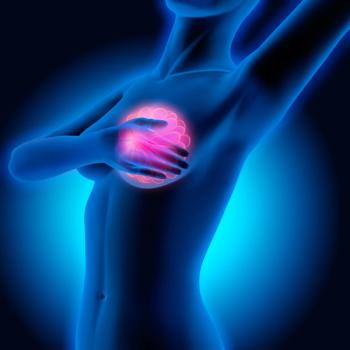
Younger women with endometriosis seem to be at a higher risk for breast cancer, but several factors could be contributing to this finding.
Freelance writer for Contemporary OB/GYN

Younger women with endometriosis seem to be at a higher risk for breast cancer, but several factors could be contributing to this finding.

Analysis shows that providers aren't including information about all available options when counseling their patients on CHCs.

Unprotected sex without immediate adverse events may empower women to believe they are not at high risk.

Changing hormone levels may lead to higher pain sensitivity.
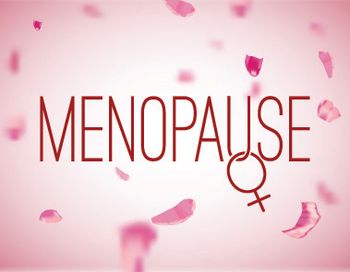
A study charts how the body's fat and lean mass change during the transition.

Physicians and pregnant patients with OUD may have a communication disconnect when it comes to postpartum contraception counseling.
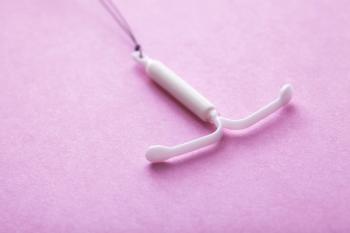
Most physicians consider the practice safe for adolescents, but a recent survey indicates there is still a training and education gap that must be filled.

New research disagrees with current beliefs on how endometriosis impacts ART and miscarriage risk.
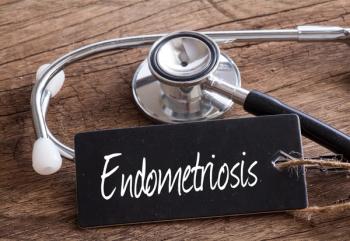
A new study helps to characterize the relation between ovarian fixation and SST on TVS and specific endometriosis types and locations.
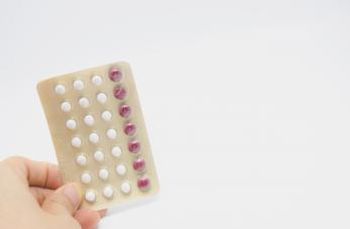
A recent Cochrane Review examined eight randomized trials which compared COCs to placebo, NSAIDs, IUS, and the hormonal vaginal ring.
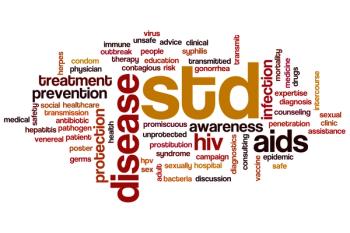
A recent review found that DMPA and OCPSs are effective against some STIs but may increase the risk of others.

An in-depth analysis examined screening effectiveness as well as further steps to reduce potential complications.
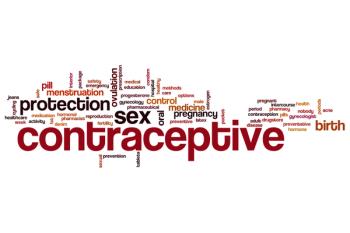
A meta-analysis aimed to determine whether the lower exposure of COCs in obese women is enough to increase risk of unintended pregnancy.
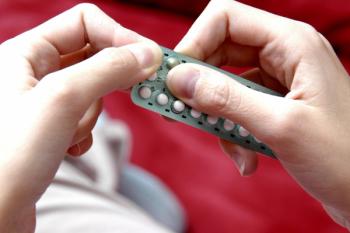
Pelvic pain related to endometriosis can be debilitating, but certain types of hormonal contraception show promise for improving the quality of life for these patients.

Results from a recent study reinforce the developmental origins theory.
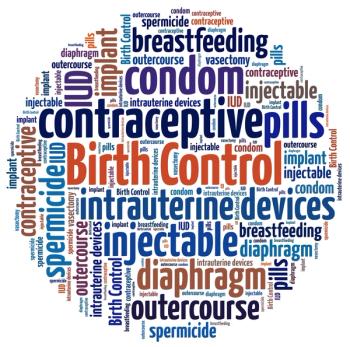
A study looks at success with IUDs and implants post-abortion.

This month’s quiz reviews two types of long-acting reversible contraception (LARC): a contraceptive implant and an intrauterine device (IUD).
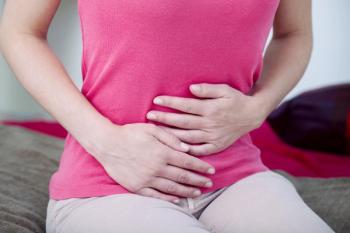
A recent study looked at whether women with persistent pelvic pain are able to better tolerate pain based on quantitative sensory testing.

A recent study sought to determine the influence of endometriosis on the risk for three gynecologic cancers.

Data from the SWAN study underscore how critical midlife is to CVD health.
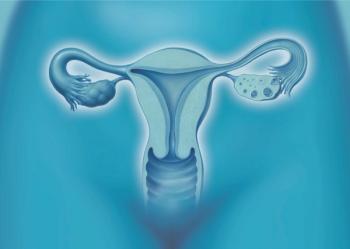
A recent study calls into question the need for a "black-box" warning on this formulation.

Children born to women who recently used any type of hormonal contraception may be at a higher risk to develop leukemia than children born to non-users.

Very few low-income women in Texas are receiving their desired method of contraception at their first postpartum visit, leaving them vulnerable to unintended pregnancy.

A recent study aimed to assess the correlations between various levels of thyroid hormone in early pregnancy and the incidence of gestational diabetes mellitus (GDM).

CO2 laser therapy improved GSM in this retrospective study.

A relatively new laparoscopic technique, which entails use of the pelvic peritoneum to increase vaginal length, may be an effective treatment for dyspareunia.
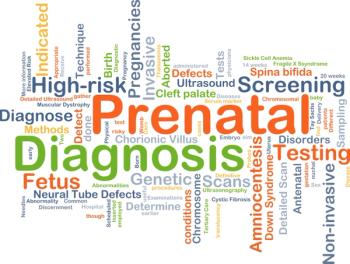
In an update to the 2009 recommendations, the USPSTF notes why early STD screening in pregnant patients is so important for both mother and baby.
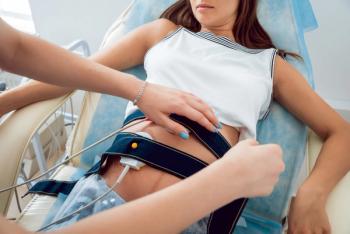
A new study shows that while detection of congenital heart defects has improved dramatically, there is still room for improvement.

Digital transformation of the women’s health market is rapidly occurring through FemTech (female technology).

A recent study examined similarities and differences between women who were exposed to sexual abuse and those with dyspareunia and is the first to actively compare these groups.